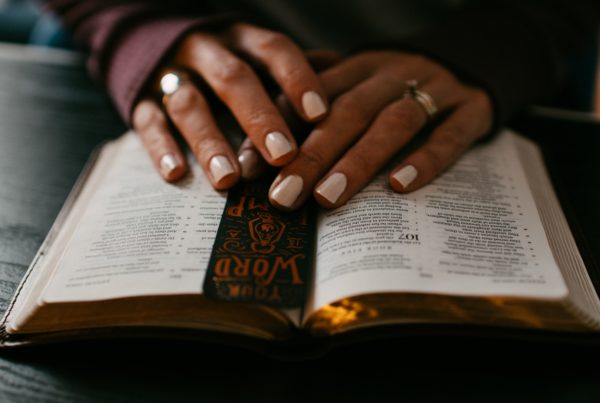“Now Moses was tending the flock of Jethro, his father-in-law, the priest of Midian, and he led the flock to the far side of the wilderness and came to Horeb, the mountain of God. There the angel of the Lord appeared to him in flames of fire from within a bush. Moses saw that though the bush was on fire it did not burn up. So Moses thought, “I will go over and see this strange sight—why the bush does not burn up.”
Exodus 3:1-6
When the Lord saw that he had gone over to look, God called to him from within the bush, “Moses! Moses!” And Moses said, “Here I am.”
“Do not come any closer,” God said. “Take off your sandals, for the place where you are standing is holy ground.” Then he said, “I am the God of your father, the God of Abraham, the God of Isaac and the God of Jacob.” At this, Moses hid his face, because he was afraid to look at God.”
“Earth’s crammed with heaven,
Elizabeth Barrett Browning
And every common bush afire with God,
But only he who sees takes off his shoes;
The rest sit round and pluck blackberries.”
O God,
“Let Something Essential Happen to Me” by Ted Loder
let something essential and joyful happen in me now.
something like the blooming of hope and faith,
like a grateful heart,
like a surge of awareness,
of how precious each moment is,
that now, not next time,
now is the occasion
to take off my shoes,
to see every bush afire,
to leap and whirl with neighbor,
to gulp the air as sweet wine
until I’ve drunk enough
to dare to speak the tender word:
“Thank you”;
“I love you”;
“You’re beautiful”;
“Let’s live forever beginning now”;
and “I’m a fool for Christ’s sake.”
Have you ever wondered, “If I ever encounter a burning bush, what should I do?” The three texts noted above give me ideas.
It all starts with noticing the burning bush. Moses saw the bush from afar and noticed something was peculiar about it and went to investigate. Had he been so focused on catching the lamb that was wandering away from the herd or thinking about where to next find some water for the sheep or maybe rehashing the argument he had with his wife that morning, he would have missed the burning bush. Or maybe he would have noticed the burning bush, but would not have noticed that it was not actually burning up. Regardless, he would have missed the encounter with God.
In Elizabeth Barrett Browning’s poem, only the one who “sees” can experience a delightful glimpse of heaven. Those who are so focused on avoiding the thorns on the blackberry vines and filling their pail with blackberries miss the “real fruit” right in front of them. They will head home with purple fingers and a few scratches on their arms, but those that take the time to notice will leave with an experience of seeing the extraordinary in the ordinary.
Ted Loder’s prayer reminds us that now is the time to notice. In our crowded schedules, moving quickly from one place to another and from meeting to meeting, we may pause long enough to think, “Maybe I should schedule some ‘notice time.’ I have 45 minutes next Thursday between the meeting with the school board treasurer and needing to pick up my kid from cello lessons.” But maybe the burning bush will have already burned out by then, or maybe someone will have picked all the blackberries. Noticing can’t be scheduled or planned. It needs to happen when it happens.
In all three texts, once the burning bush has been noticed, the observer does something. They take off their shoes. Interesting response, isn’t it?
I think removing your shoes shows a sense of commitment and vulnerability. For the Canadians reading this, we are used to taking off our shoes when entering someone’s house. Walking around someone’s house in your socks shows a commitment to stay a while and not being able to leave quickly (unless you pick up your shoes in your hands on your way out the door). It’s also a bit vulnerable to get undressed in front of someone else, whether than taking off your jacket or removing your shoes (and hoping the socks you’re wearing that day are not your holey ones).
So, what do you do with a burning bush? Notice and respond. That’s what I hope I do when I encounter burning bushes!
Reflection Prompts: Now it’s your turn. Gather a few friends or colleagues (virtually or in-person) and share your reflections.
- Think of a time you’ve experienced a “burning bush.”
- What were you doing/not doing that allowed you to notice?
- What are some practices, rhythms or habits you have that facilitate your noticing?
- How do you acknowledge the sacredness of your experiences (beside taking off your shoes)?
- What specific glimpses of heaven did you see or experience in the burning bushes?
- If you’re struggling to think of a burning bush experience, what is one practice you could try that may facilitate one?
- How do your leadership practices encourage others to have their own burning bush experiences? What do you do to nurture or make space for these experiences for those in your community?



